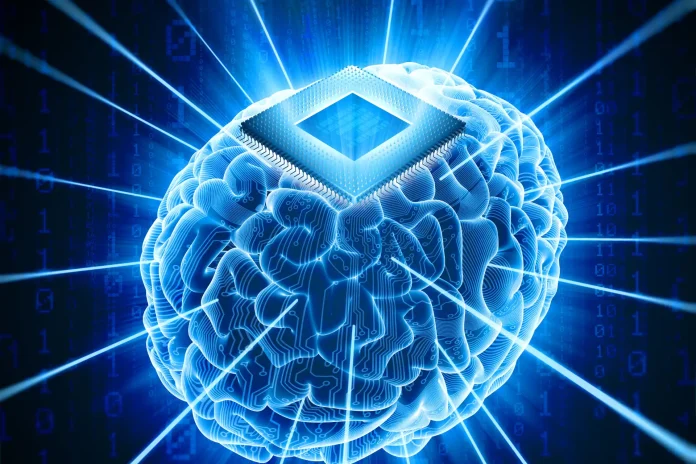Researchers at The University of Texas at Austin have developed a new brain computer interface research that could revolutionize the field. This innovative system has two key improvements:
- Machine learning for self-calibration: Unlike traditional BCIs that require extensive calibration for each user, this new system uses machine learning to adapt to individual needs, eliminating the lengthy setup process.
- Possibility for broader application: This user-friendly design paves the way for wider adoption, particularly in clinical settings for people with motor disabilities.
Improved User Experience with Machine Learning
Traditionally, BCIs have been limited by the need for individual calibration. Every brain is unique, and these devices require adjustments to accurately interpret a user’s brain signals. This time-consuming process has been a major hurdle to mainstream usage of BCI technology.
The researchers at UT Austin addressed this challenge by incorporating machine learning into their BCI. This allows the system to learn and adapt to individual users much faster, eliminating the need for extensive calibration.
“When we think about this in a clinical setting, this technology will make it so we won’t need a specialized team to do this calibration process, which is long and tedious,” explained Satyam Kumar, a graduate student on the project. “It will be much faster to move from patient to patient.”
Related: Elon Musk’s Neuralink Brain Implant Progress
Testing Brain Computer Interface Research
The research team tested their BCI on 18 healthy participants. The subjects wore a cap equipped with electrodes that picked up electrical signals from the brain. These signals were then interpreted by the BCI and translated into actions within video games.
In one experiment, participants used their thoughts to control a car in a racing game. Another task involved balancing a digital bar on the screen. The researchers were able to develop a “decoder” that could translate brainwaves into commands for the simpler bar task. This decoder then served as a foundation for the more complex car racing game, allowing users to control their virtual car with minimal additional calibration.
Future Prospects
The researchers emphasize that this work is foundational, creating the way for further advancements in BCI technology. Their next steps involve testing the system on individuals with motor impairments to assess its effectiveness in a clinical setting.
“On the one hand, we want to translate the BCI to the clinical realm to help people with disabilities; on the other, we need to improve our technology to make it easier to use so that the impact for these people with disabilities is stronger,” said Professor José del R. Millán, who leads the research group.
Related: New AI Tools Can Detect Brain Ripples
Beyond the current research, Professor Millán’s team is already exploring other applications of this brain computer interface research. At the recent South by Southwest Conference, they showcased the system’s ability to control rehabilitation robots for the hand and arm. Several volunteers were able to operate these robots within minutes using only their thoughts.



